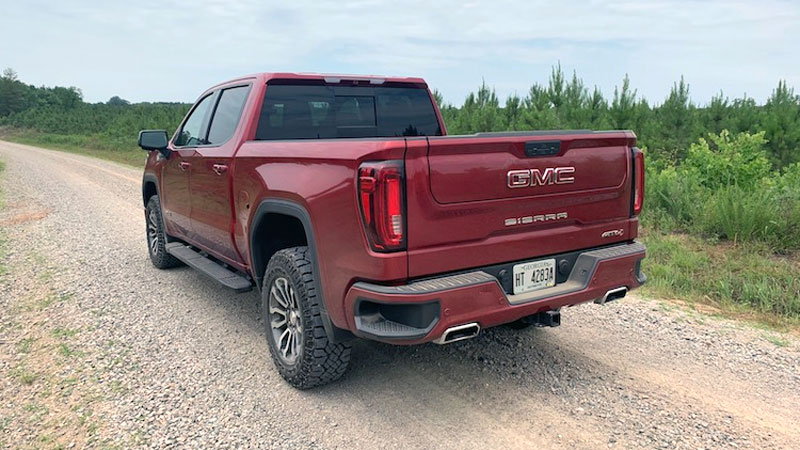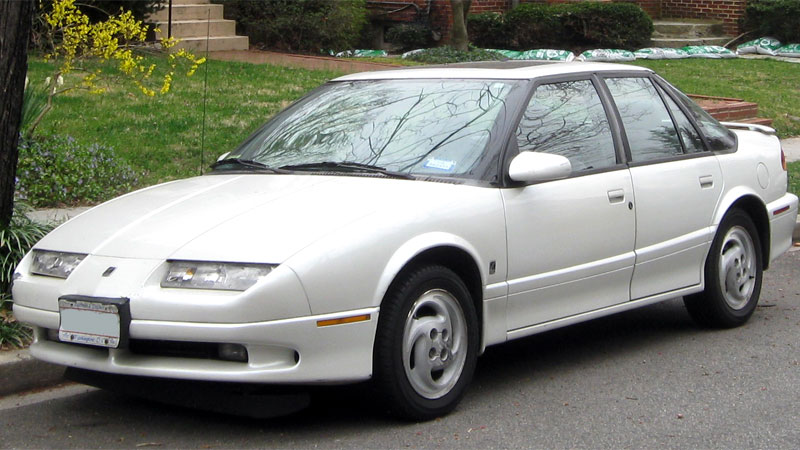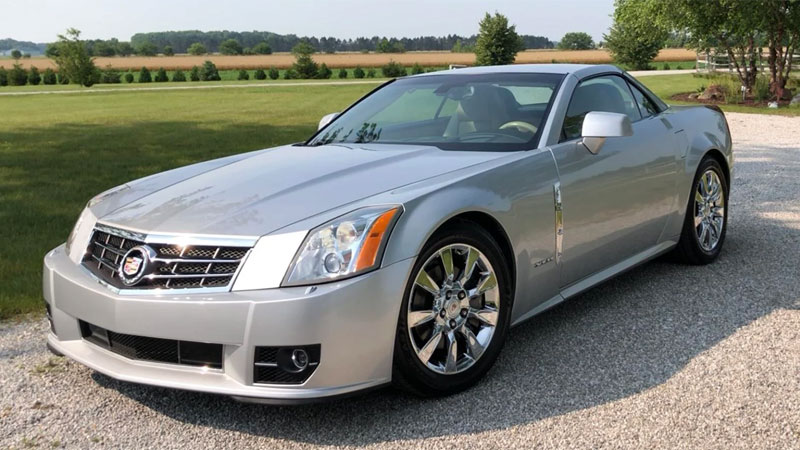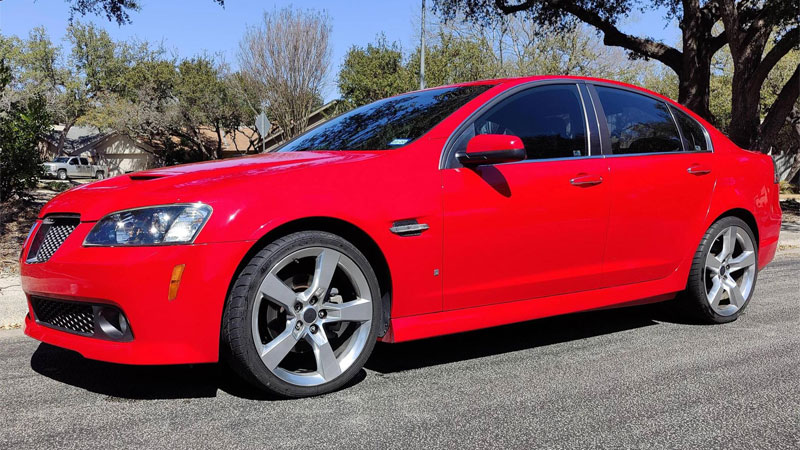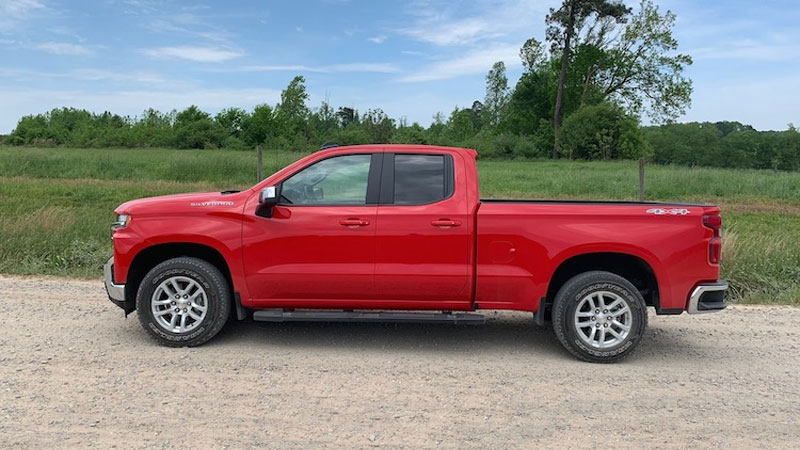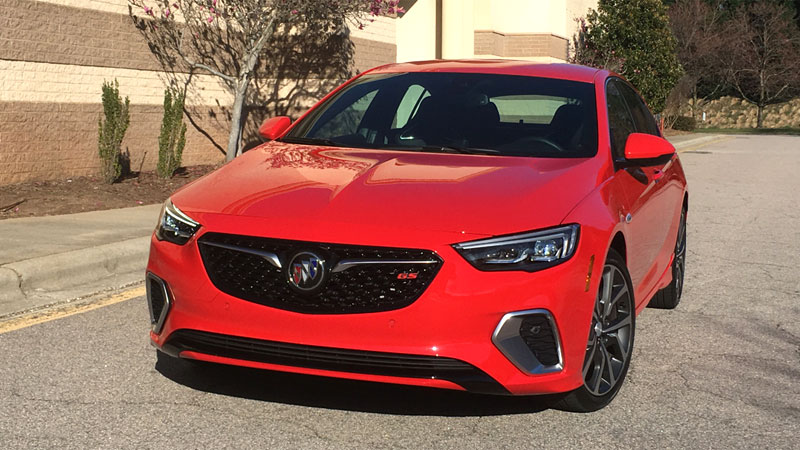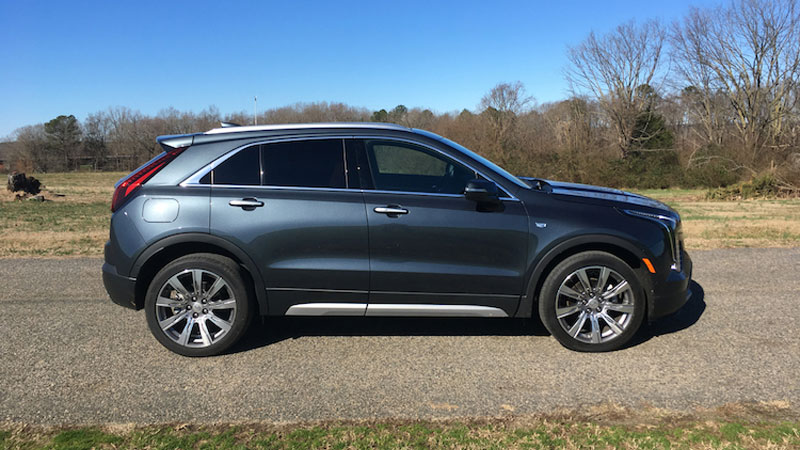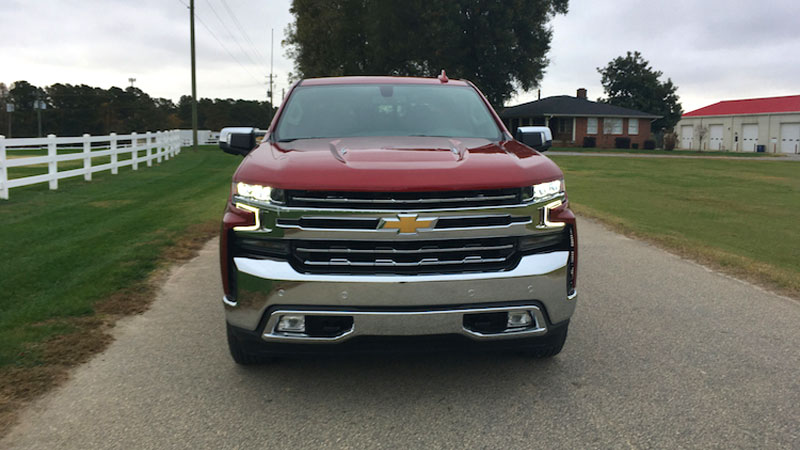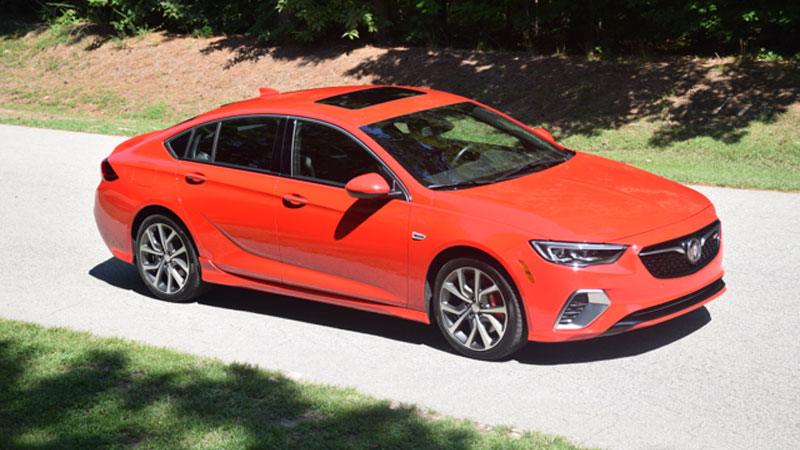Off-Road Specialist: 2019 GMC Sierra AT4
Updated December 7, 2020, to reflect diesel engine availability and performance. GMC is GM’s “professional grade” brand, a tagline that suggests that carpenters, home builders, and landscapers are among its chief buyers. Although all three invest in pickup trucks and SUVs, GMC is much more than that: it is a … Read more

